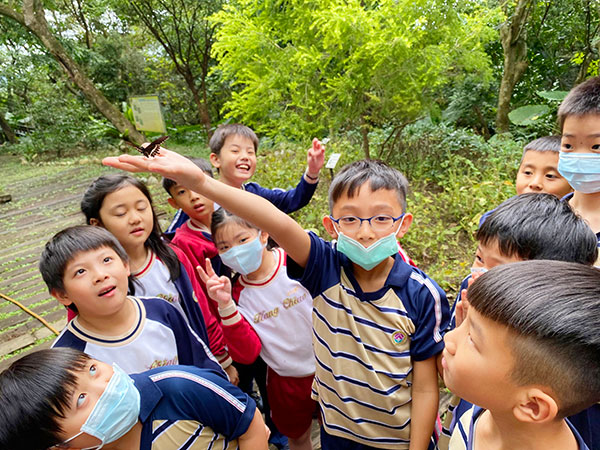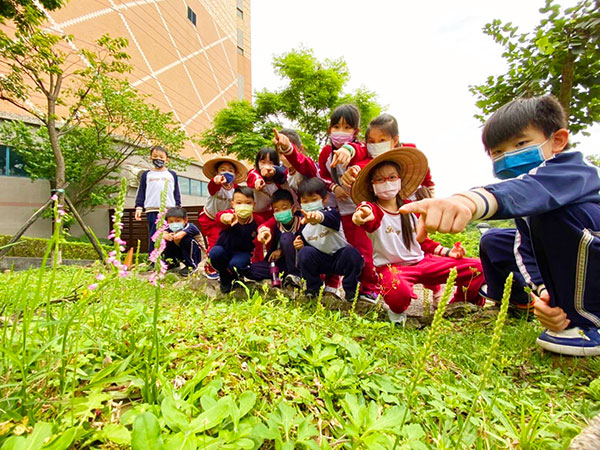Threats to Wildlife
◆ Plants and Crops

The concepts of the Satoyama Initiative help farmers to get a better price for the tea they plant and create eco-friendly tea farms. The new eco-friendly tea farming technique can serve as a model practice to maintain a sustainable production landscape in Taiwan. The higher the population of green leafhoppers, the lower the quantity of the harvest, but the higher the quality and unit prices of tea leaves. For example, in Hualien County of eastern Taipei, at least two tea-farming families have completely stopped using pesticides and are using tea pests as their allies to produce a value-added tea product. Tea leaves damaged by the green leafhopper, a species formerly considered a pest, give the tea a unique honey flavor that is highly appreciated by consumers. Another example is in Taitung, Taiwan. There is a place called Shangde Community that is involved in the Satoyama Initiative. Farmers in the community plant vanilla. To change the situation of Shangde, a community of aging population with the abandonment of farmland, a group of young people formed the Shangde Community Development Association. The people in this association take care of the elderly, earn mutual trust among community members, and attract more young people to return to the community by promoting eco-friendly or organic farming, producing high-quality crops and high-value products, and providing more job opportunities.

